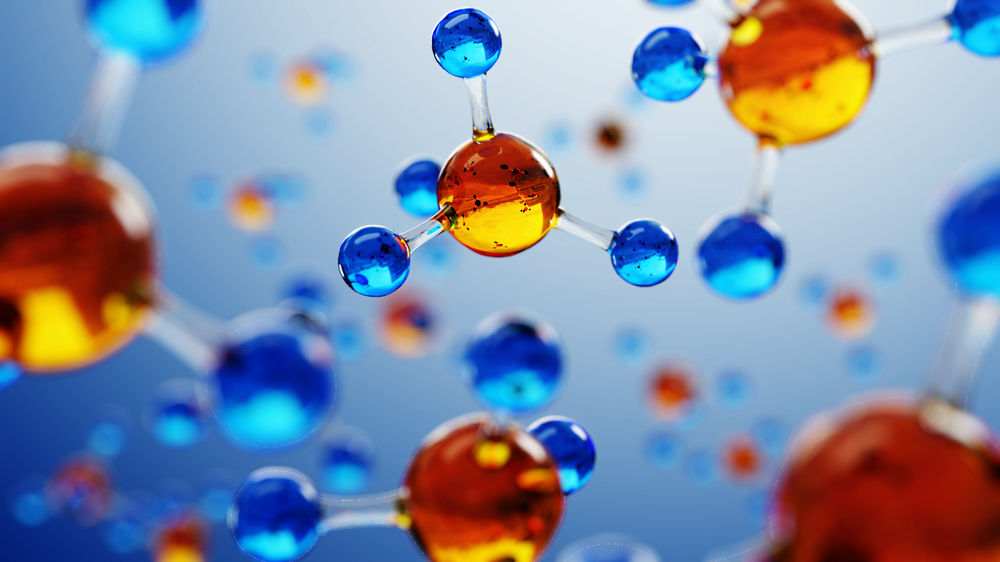
The recent Chemical Biological Defense Science and Technology Conference featured presentations from 70 U.S. Army Edgewood Chemical Biological Center (ECBC) researchers on topics ranging from protective armor coatings to battlefield sensing to pharmaceutical-based agents.
Organized by the Defense Threat Reduction Agency (DTRA) in Long Beach, California, from Nov. 28 to Nov. 30, the conference drew more than 1,600 biological defense professionals from government agencies, private businesses, academia and allied nations.
“Every two years, the entire chemical biological defense enterprise converges in a single place,” Peter Emanuel, the senior research scientist for bioengineering at ECBC, said. “And in a multidisciplinary field where nothing is achieved alone, this venue provides an opportunity for our researchers to share their ideas and their research with their peers from all over the world.”
Jason Guicheteau, an ECBC research chemist, said the conference is “invaluable” because it gives researchers an opportunity to meet with research partners at DTRA, the Joint Program Executive Office for Chemical Biological Defense (CBD) and international search partners.
“I’ve been able to have conversations with four of my customer organization program managers. It’s good for the CBD enterprise and it’s good for ECBC,” Guicheteau said.
ECBC researchers’ presentations centered on the event’s theme: innovation. Ron Hann, the director of the chemical/biological technologies department at DTRA, said in an event kickoff address that the department works to recognize and match the pace of technological changes to protect warfighters and first responders.
Synthetic genetic vaccines used in pandemics like Ebola in West Africa, cloud-based platforms used to leverage social media to identify emerging threats and adapting technology like Fitbit into wearable sensors for warfighters were listed by Haan as department initiatives.
Jennifer Sekowski, a molecular biologist at ECBC, said the conference allowed her to initiate new collaboration on wearable sensors.
“I didn’t have to go to the Netherlands to have a special meeting with them,” she said. “The great thing about this conference is you can run into people like that having coffee and get an immediate reaction to your ideas.”
Nicole Rosenzweig, the chief of the ECBC biosciences division, said the conference allows employees to meet with peers and find new opportunities for collaboration is a “real benefit” of the conference.
“It helps them to develop their presentation skills and effectively communicate their research ideas, things that take practice,” Rosenzweig said.




